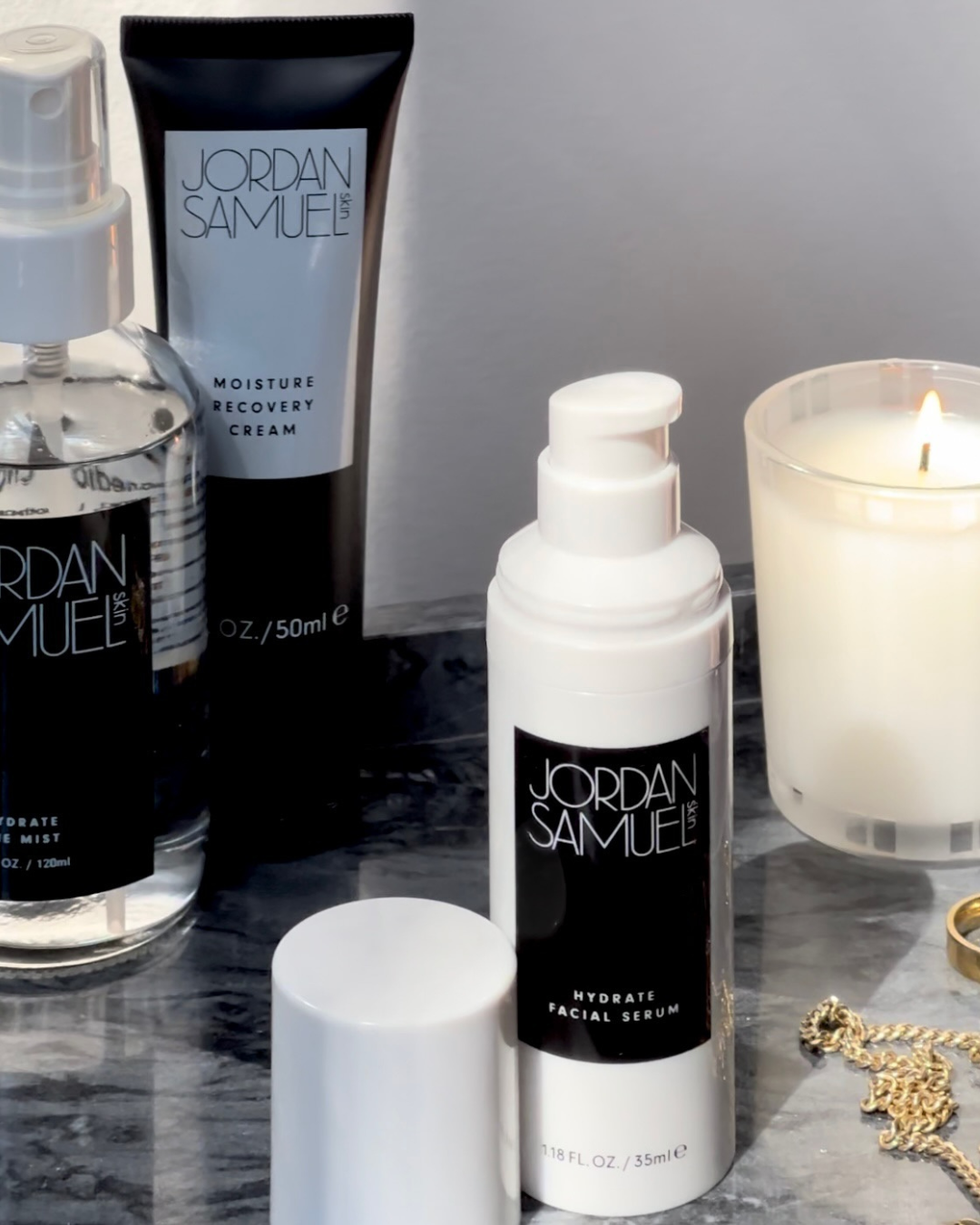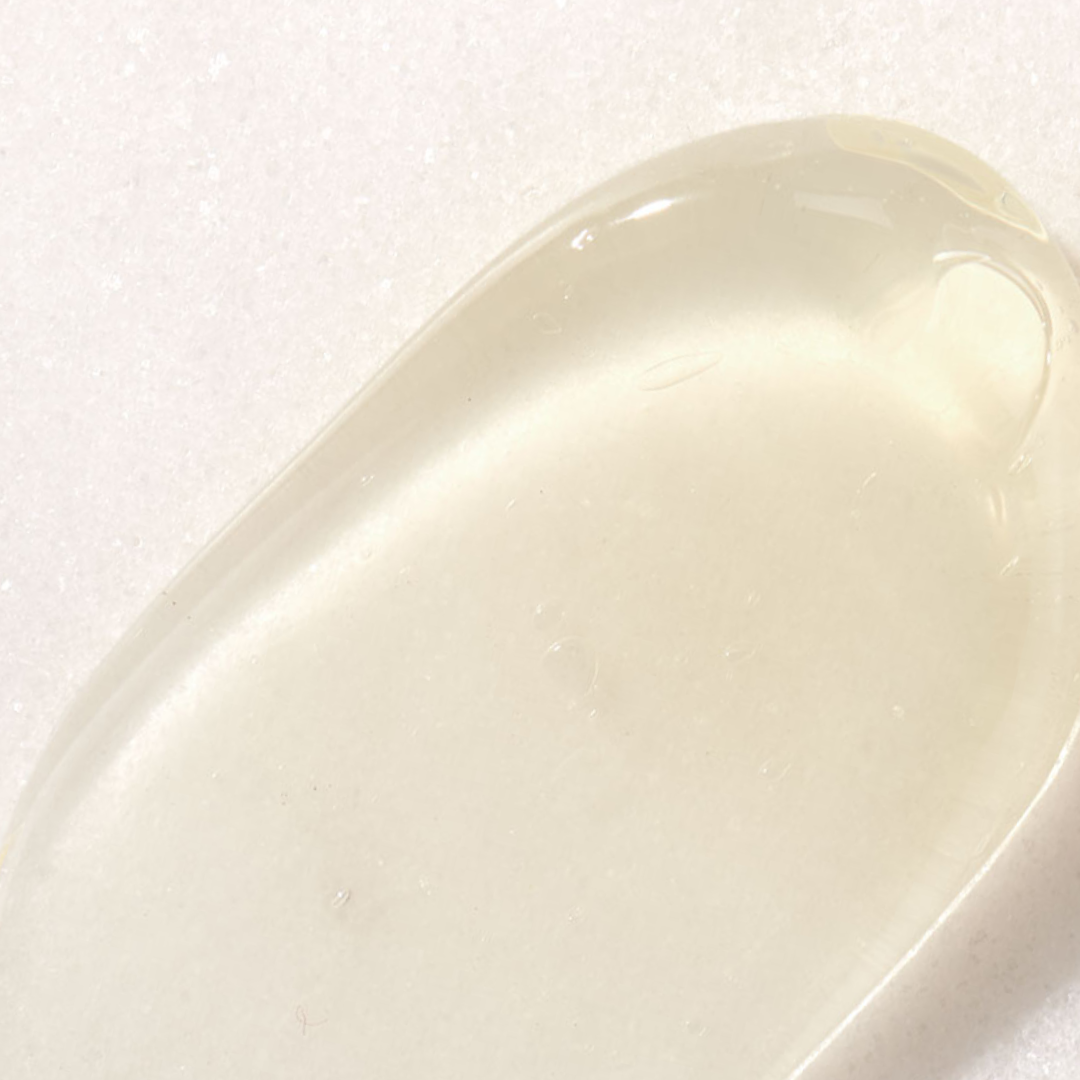Exfoliation is often the trickiest part of a skincare routine to really get right. You need to exfoliate at least a little to help aid your skin’s natural desquamation process, but too much will leave your skin raw and compromised. Finding that middle ground grows even more complicated when you realize that there’s no one size fits all solution—that the wide variety of skin types and tolerances require different exfoliation practices.
As with all things skincare, I recommend a bit of experimentation and carefully examining your skin’s response to find what works best for you. However, with the handy reference guide below, I hope I can take some of the guesswork out of finding your perfect exfoliant. A few tips to bear in mind:
- Change it up with the season. Your skin responds to seasonal and environmental shifts, so a product that works well for you in the summer may not be your best bet in the winter.
- Be mindful of combining acids with physical exfoliation. If you’re using a washcloth when you cleanse, you probably don’t need to include an acid in your routine every single day.
- Don’t feel beholden to marketing statements or trends. If a product says twice daily, that doesn’t mean you need to use it that often. You can use it once daily, or just a couple times a week. Likewise, just because a friend or influencer else can use a high percentage acid morning, noon, and night doesn’t mean that’s the right choice for you. Skin is diverse and personal!
- Consider different formulas. You don’t always need to use an acid toner—it could be a leave-on hydrating mask or wash-off clay mask. Trying a new application method can make a world of difference.
- Go easy. Many people may notice red, bumpy skin after introducing exfoliants and think they need to exfoliate even more to deal with this “congestion.” In reality, you’d need to exfoliate less. The reaction you’re seeing is your skin overreacting to stimuli or bacteria from having its protective barrier stripped away. Ease up on exfoliation and give your skin a chance to recover.
I’m only covering the most common skincare acids below. These are found in more products and, generally speaking, have more well-researched benefits. There are other acids out there—tartaric, malic, mandelic, citric, phytic, and others in the alphahydroxy acid family, as well as polyhydroxy acids—which I can hopefully discuss further soon!
XO,
Jordan





